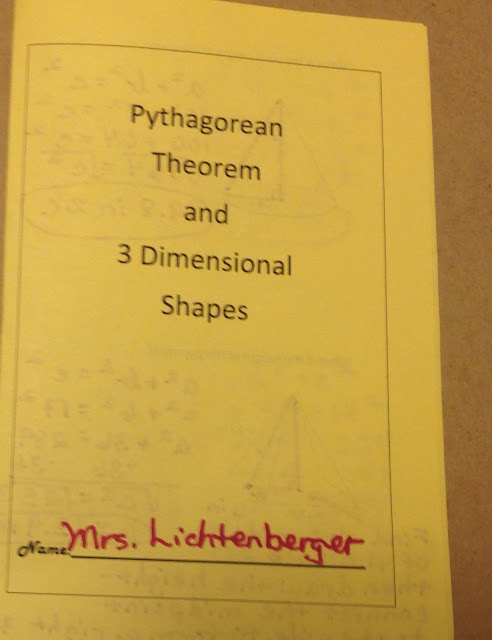Divisibility rules are not a topic that I normally cover but the students in my 8th grade Pre-Algebra classes needed this review so I made this foldable for our notebooks.
When I teach this I always group the rules together that are similar. It just seems easier to remember four similar rules than eight different rules. I wanted my foldable to group them together in the order I teach them. I debated about having 12 paired with 6 but I decided to place it on my second foldable along with the rules for 7 and 11 which will be my next post.
For the numbers 2, 5 and 10 they are looking at the last digit so those are the numbers in the first flap. Yes, believe it or not, we had to write that an even number ends in 0, 2, 4, 6, or 8.
Then the numbers 3 and 9 are the sums of the digits so they are on the next flap.
It bothers me that 6 is alone by itself. I still want 12 and 15 there but OK, I will get over it.
And lastly, a number divisible by 4 or 8 is to divide into the last 2 or 3 digits.They are on the last flap.
I used different colors for each different number and next time will draw a line separating the rules. There wasn't room for full sentences so I abbreviated quite a bit on this foldable. I told the kids they would need to write full sentences on an assessment and they groaned. Imagine that.
Six is still alone. UGH!
The divisibility rule for 8 isn't used that often. We discussed how we would use the rule when it was obvious and that they could always divide by two and then four. Wait that could be paired with six as well. What!
I hope that grouping the rules together will help the kids remember them better. We shall see.
You can download this foldable Here. When printing this file select landscape view.
This was a short post but I wanted to get this out tonight. Enjoy!
Til next time,
Jan




































